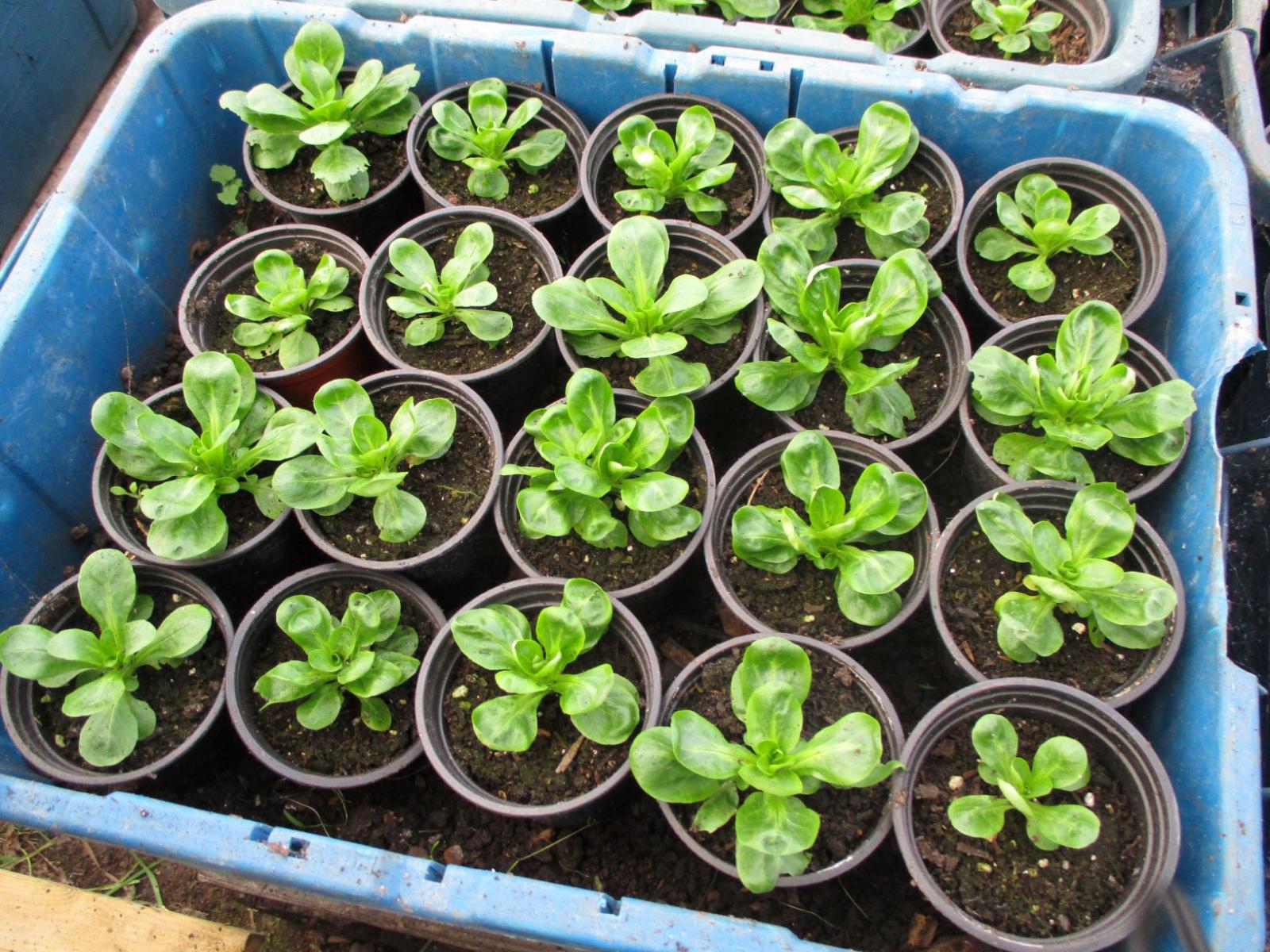Leaf-mould
This is a great time to make leaf-mould, something that will be very useful for mulching your garden in future. All you need to do is gather up fallen leaves, and find a place to store them for the next 6-12 months. This could be in a large pile outside, or in black plastic bags. The important thing is to keep the leaves moist so they decompose.
There are a few tactics you can use to ensure they break down more quickly (and give you usable leaf-mould in six months, rather than twelve):
- If you have access to a lawnmower, pile up the leaves and run the mower over the pile – this chops the leaves up into small pieces, so gives the microbes more surface area to break down.
- Add more nitrogen-rich ingredients to 'activate' the composting process – things like grass clippings and chopped nettles can be mixed with the leaves – and/or use human pee to moisten the pile.
Compost
If you're already making compost using food waste and garden waste, this is a good time to check on your bin/ heap, and maybe give it a stir, to introduce more oxygen.
If you're composting food waste, you won't need to water your heap in the winter months. In fact, you may want to make sure it's covered with some kind of lid to stop it being rained on. The rainwater can wash nutrients out of your heap.
Growing
Heavy rain, hail, and strong winds can damage your crops, especially if you're growing relatively delicate salad leaves. If you're lucky enough to have growing space that's protected from the weather (this could be a windowsill, a cold frame/ cloche, or a greenhouse), you can keep sowing and growing a full range of salad leaves through the winter.
A lot of green leafy veg (kale, chard, leaf beet, spinach, mustard greens etc) will survive fine outdoors, as long as the plants are in the ground before the coldest part of the year. If your garden is very exposed, you could add some extra protection:
- in the form of 'mulch' around and between the plants (with last year's leaf-mould, or even using leaves that fell this autumn if you don't have anything else)
- by covering the plants with a piece of clear plastic, gardening fleece or even plastic netting
London doesn't suffer from as many 'hard' frosts as other parts of the UK, so we can keep harvesting and eating delicious greens right through the winter.
See more from Capital Growth here.
Published Wednesday 16 December 2020
London Food Link: London Food Link brings together community food enterprises and projects that are working to make good food accessible to everyone in London to help create a healthy, sustainable and ethical food system for all.
